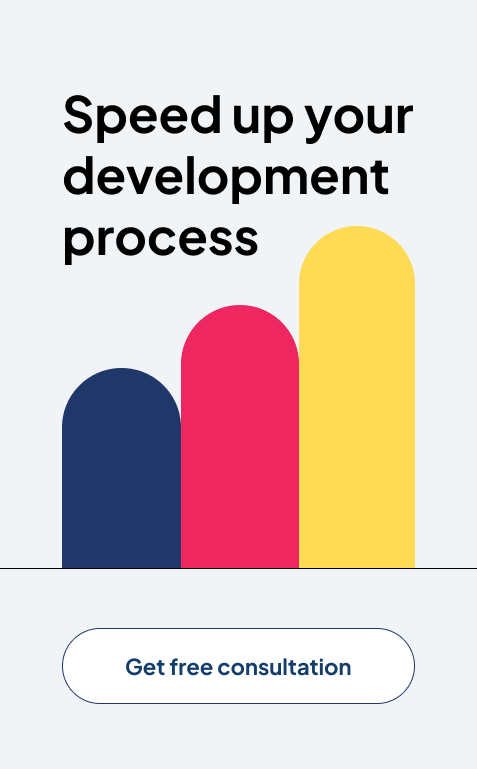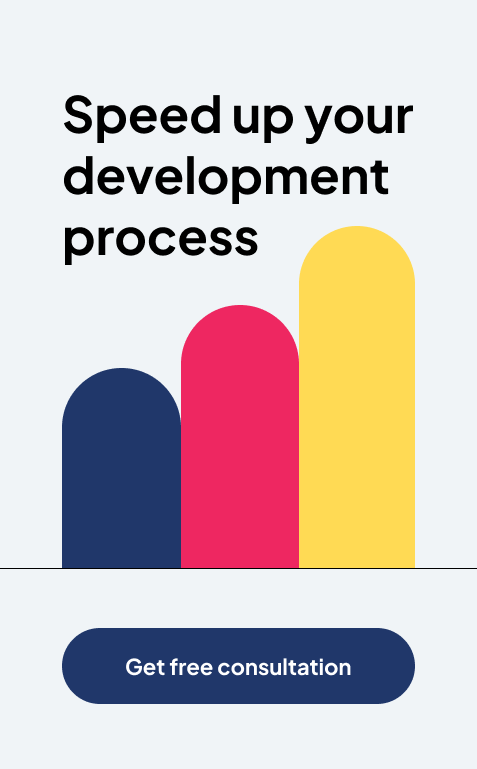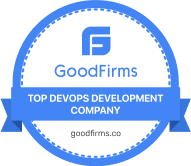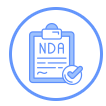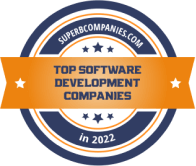Leveraging Customer Insights to Find Product-Market Fit

In 2014, Google came up with Google Glass. This was no ordinary glass. It’s a voice and motion-controlled device that displays information around the web right in front of your eyes! Isn’t this invention way ahead of its time?! Alas, if only it could also have a similar impact.
Instead of enjoying massive success, it failed miserably. Why? Google failed to understand the needs of its customers. The glass emits harmful carcinogenic radiation close to the head. The built-in camera in the device raised piracy and privacy concerns. The whopping price of $1,500 discouraged those thinking of at least trying out the product at least once.
Evolving Your Product with Customer Feedback
Google failed to understand the market. But you don’t have to be in that category. By consistently collecting and acting on customer insights, you can develop products that enjoy widespread success.
Leverage our expertise at Imenso Software to build a concept, scale an existing product, or execute the entire product development process. We are your tech partner for digital products, great user experience, and transformation.
Keep reading to learn about finding and maintaining market fit as your product evolves with customer feedback.
Finding the Product-Market Fit and the Importance of Customer Feedback
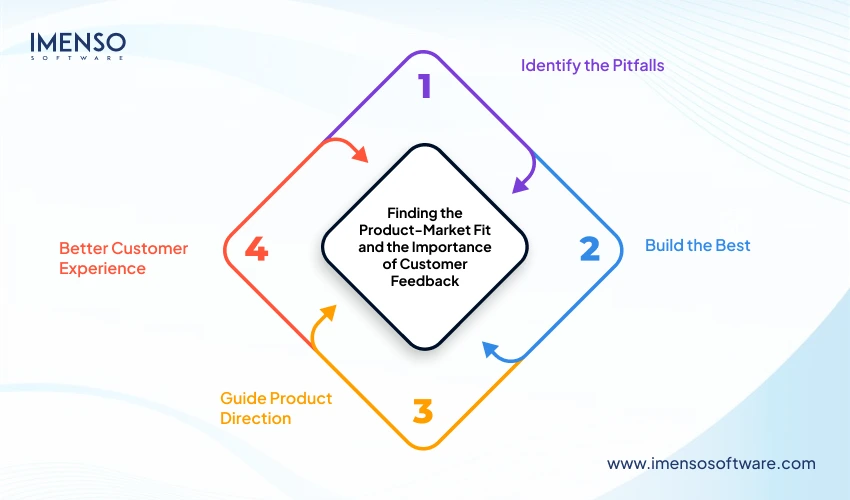
Product-market fit occurs when you build a product that provides value to your customer. It solves their problem or satisfies one of their needs. In other words, there occurs a product-market alignment. The perfect product-market fit differentiates market leaders and top brands from the rest. After finding it, the next step is to scale. Companies do that by discovering more customers within their target market through research.
Customer insights are the basis of successful product development. Businesses with a clear understanding of the preferences, needs, and pain points of their customers create products that resonate with their target market. Here are all the ways through which customer insights can help you come closer to achieving a product-market fit.
Identify the Pitfalls
Your customers play a critical role in helping you determine the pitfalls of your product. You may be surprised that even with thorough testing before the product launch, how many things get missed? Customer insights help you understand whether the product is actually solving the issues it was built to solve.
Build the Best
Customer insights give you a good idea of your customer requirements. You can see where you fall short and where your competitors are nailing it. It helps you find the best features and also those that provide no (or little) value to users. This enables companies to enhance their product by including the best features.
Guide Product Direction
By collecting customer insights, you understand how you need to create a product that would fulfill your users’ requirements. After the product launch, customer insights help you make your product more useful to the users. It prevents you from just relying on your intuition and making mistakes.
Better Customer Experience
Customer data allows you to gain a deeper understanding of your customers. Thus, you can give them a better experience. Integrating customer insights into your product development process lets you create features that meet and exceed customer expectations. This, in turn, makes way for higher levels of engagement.
What Is a Customer Feedback Loop and How Can It Help You?
A customer feedback loop is a customer experience strategy. The aim of the loop is to enhance your product on an ongoing basis based on customer opinions and reviews. The feedback loop works as a result of interaction between the business and its customers.
Companies use the data collected through this feedback loop to develop not only products but also improve business processes to give a better experience to their end users.
How to Use Customer Feedback Loop to Find Product-Market Fit?
Customer feedback is like a goldmine to find the product-market fit. Here’s how you can use this feedback loop to discover product-market fit.
Gather Customer Feedback
Before the customer feedback loop can begin, you first need to collect feedback from your customers. This can be done in a variety of ways, including:
A customer feedback loop begins when you collect customer feedback. There are various channels through which feedback is available. These include:
- Survey tools
- Online review platforms
- Call data from the businesses’ virtual phone system
- Live chat
- Product suggestion forums
- Social media monitoring
Besides, you can use customer survey tools to retrieve customer feedback. Some common ones include the Net Promoter Score (NPS) and Customer Satisfaction (CSAT) surveys.
Businesses in different industries can rely on different channels to gain feedback. For example, a software development company can use a software review system to determine customer reactions to their products. Businesses with a physical store can rely on Google reviews to monitor customer satisfaction.
Assess the Data Gathered
Most feedback collection tools have dashboards through which you can extract the data. After obtaining the feedback, the next step is analyzing it.
Often, companies observe a pattern while assessing the data. For example, you may see people facing the same issue repeatedly and leaving a negative review about it. Analyzing the feedback enables you to determine the problems faced by the users of your product. Take note of all of them and discuss with your product team how to fix them.
In case there’s a technical issue, loop in your development team. If the problem is non-technical, take it to a relevant team. This begins the process of a feedback loop.
Apply Feedback and Test Your Product
Testing is the next step after analyzing the feedback data. For example, if you’ve added new features to your product using customer feedback for market fit, test them to check if they are serving the intended purpose.
Another best practice is to get more feedback from customers. Send an email to those who gave feedback earlier informing them that the changes have been made. Request them to use the product and provide fresh feedback.
Besides enhancing your product, this process improves your engagement and relationship with your customers. This is because your customers feel that you value their feedback and suggestions.
Follow up With Your Customers by Informing Them About the Changes Made
The last step is closing the loop. At this stage, it is crucial to follow up with your customers. For instance, if you have fixed a technical glitch in your product, give a personalized message to those who reported about it. Tell them that their feedback has been implemented.
Remember, almost every company acknowledges customer feedback. But few take action to improve their product based on it. If you have done so, inform your customers about it as soon as possible. Also, ask those who left negative feedback to update their review based on the new product experience.
Also Read:
Continuous Integration and Continuous Deployment: A Guide for Modern Enterprises
How Agile Software Development Can Empower Startups to Innovate Faster
The Impact of Cash Flow on Business Growth: Tips for Founders
Best Strategies to Gather Customer Feedback
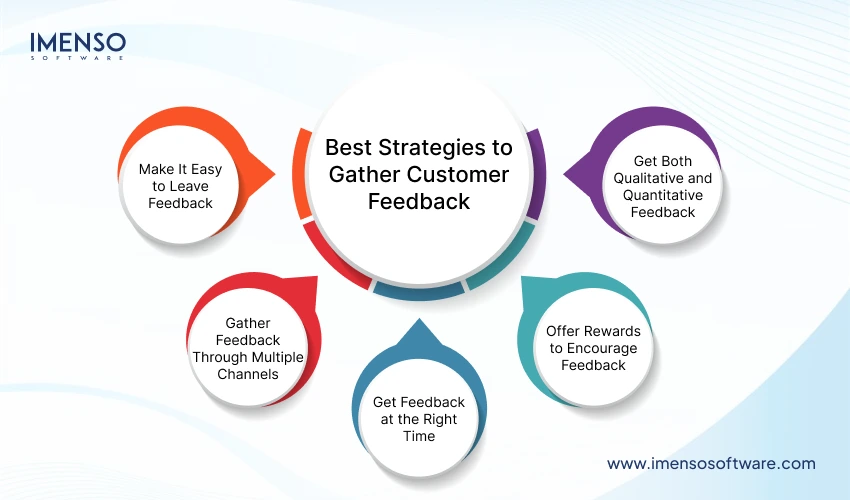
By now, you know the significance of customer feedback in achieving product-market fit. Here are some effective ways to obtain this feedback.
Make It Easy to Leave Feedback
Your customers take out their precious time to leave feedback on your product. It is thus critical to make the process of doing so easy and quick. No one would want to spend more than a few minutes reviewing the product. If the process is long and complicated, they wouldn’t even bother giving feedback.
Product surveys are one of the best ways to obtain feedback. To make it easier for your customers to complete surveys, ensure that you clearly distinguish questions from answers. Using a different color code for both is advised. If surveys are on landing pages or email, ensure they are mobile-friendly. Avoid including irrelevant questions or information.
Besides surveys, you can use a rating scale to get an idea of what customers think of your product. Whichever method you use, it should elicit actionable feedback without much effort on the part of the reviewer.
Gather Feedback Through Multiple Channels
Not every customer has the same preference when it comes to leaving feedback. So, it’s important to use multiple channels to gather feedback from a broad audience segment. Using different mediums like chat, text, and email will ensure that you gather input from more users.
To discover specific usability issues, consider in-app surveys. On the other hand, if you want a real-time view of your customer’s experience, use website pop-ups.
Get Feedback at the Right Time
The timing of feedback plays an essential role in helping you determine the true reaction of your customers toward your product. It’s best to get feedback when your customers actively interact with your product. For example, asking for feedback just after someone has bought your product will give you a better idea of how they feel.
Similarly, asking for feedback just after cart abandonment will enable you to find the real reason behind not finishing the purchase.
Offer Rewards to Encourage Feedback
If your product is complex or you want detailed feedback, offer rewards to encourage feedback. Rewards can be non-monetary and monetary. According to research, monetary rewards are highly effective in boosting response rates. Incentives of any type make it worth their time to leave feedback.
Get Both Qualitative and Quantitative Feedback
Qualitative feedback gives you rich insights from your users. Gathered through methods like user interviews, open-ended survey questions, or focus groups, it lets you discover what challenges are users facing. This type of feedback helps you find out the user motivations and pain points. It gives you a context to truly understand your users.
Quantitative feedback is the measurable data you collect from user behavior. For example, how many users click a certain button, or how often they use a particular feature. It gives you insights into how your customers are using your product.
Combining qualitative and quantitative feedback gives you the best of both worlds. Quantitative data highlights trends, problems, and areas for improvement. Qualitative feedback offers the context behind those trends. Together, they give you a 360-degree view of your users and insights to maintain product-market fit. Thus, you can make informed, data-backed decisions.
A Strategy to Use Customer Insights to Maintain Product-Market Fit
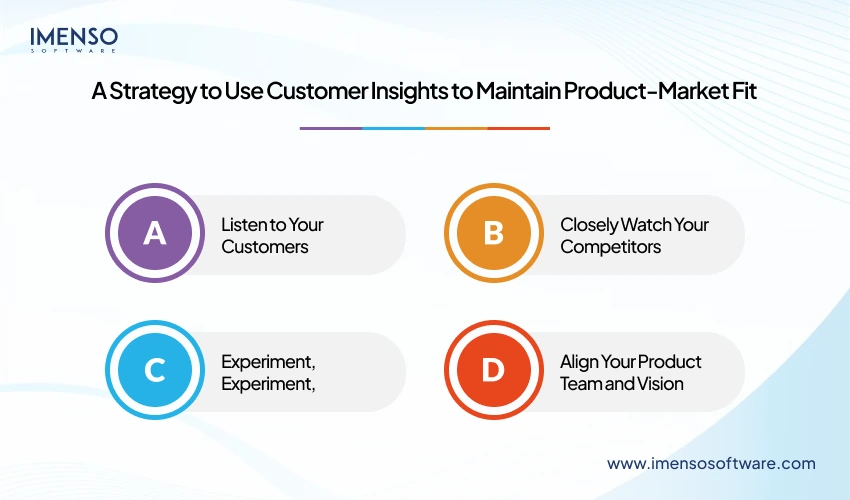
Maintaining the product-market fit is an iterative process. After identifying your customers’ needs and acting on them, maintaining this sweet spot is all about gathering feedback continuously and making further changes. Here’s a simple breakdown of how to maintain product-market fit.
Listen to Your Customers
By now you know how important it is to listen to your customers at every step of product development and release. Listen to them regularly to gather feedback. Segment your customers through satisfaction, behavior, profitability, and retention. Then prioritize the most pressing challenges and opportunities for your product.
Experiment, Experiment, Experiment
Keep testing new features and products that can improve your product and make your customers happier. Otherwise, it’s only a matter of a short time before your competitors will stride ahead of you. Be ready to change or remove features that don’t serve your customers. Continuous experimenting is key to maintaining product-market fit.
Closely Watch Your Competitors
Look at your competitors not only as a threat but also as inspiration. Keep a close watch on what they are doing and compare how your product stands in relation to theirs. Don’t copy your competitors. Use them as a reference point to distinguish your product and discover your unique value proposition.
Align Your Product Team and Vision
It’s crucial to ensure that your team is aligned around the vision and goal that you have for your product. Communicate your vision clearly to everyone involved. Encourage collaboration and obtain feedback from every member working on the product. It will help you overcome the challenges of enhancing and scaling your product.
Achieving Market Leadership Through Customer-Driven Products
Successful businesses like Apple, Microsoft, and Amazon are a testament to the results that come from listening to and acting on customer insights. Research has repeatedly shown that organizations leveraging user feedback experience a significant increase in sales compared to their peers.
Customer insights is more than just knowing who your customers are. They tell you why they act how they do, what motivates them, and how they make decisions. They are a powerful guide leading you through the complexities of customer behavior. By leveraging these insights, companies can make well-informed decisions that boost customer satisfaction, and, ultimately, drive growth.
As a full-cycle software product development company, Imenso Software provides end-to-end services from design to development and ongoing support. We’ll become a part of your product team helping you build successful software products fueled by customer insights. Our talented developers have helped multiple businesses deliver delightful customer experiences through top-notch products. You can read more about us on Clutch. We are eager to hear about your product idea and bring it to life!
Want more information about our services?
Similar Posts

Building Modern Web Applications with .NET Core: Tips and Tricks
Are you struggling to keep up with the rapidly evolving world of web development? Feeling overwhelmed by the ever-growing demands of building modern web applications to create a new project? Don’t worry; you’re not alone! According to a recent survey, over 70% of developers find it challenging to stay updated with the latest frameworks and […]...

Cracking the Code: How to Pick the Right CMS for Your Website
As mobile apps continue to reshape our digital landscape, understanding the financial intricacies behind their creation is paramount. This blog delves into the cost factors that define mobile app development, shedding light on the various components that contribute to the final price tag. From the intricacies of app complexity and platform considerations to the impact […]...
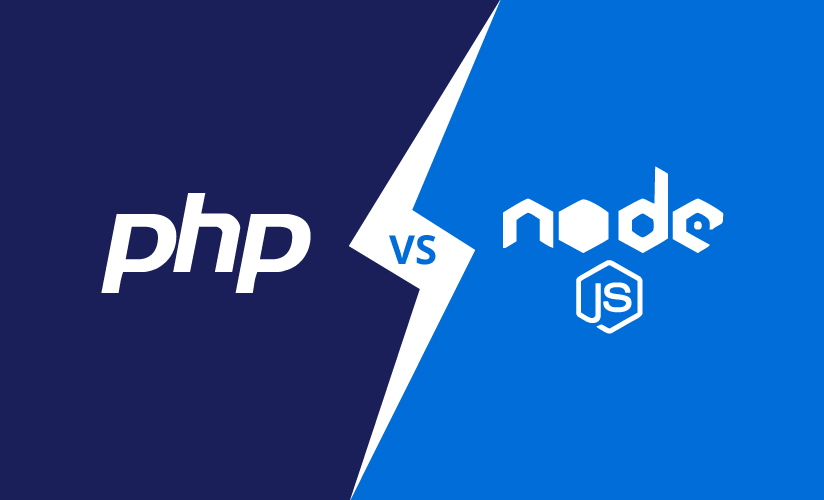
PHP vs Node.js – Which is the Better Programming Language?
So, before understanding which is a better programming language, it is essential to know why they are different. PHP is a server-side script. It is one of the most popular, mature, and ubiquitous scripts available on the web. On the other hand, Node.js is not a script at all. It’s one of the back-end development […]...
